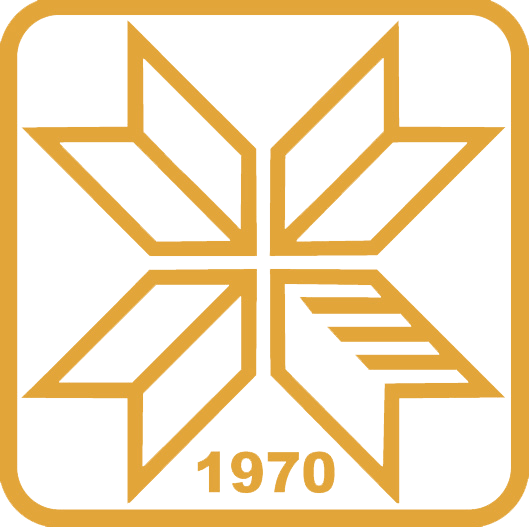Приказ основних података о документу
Mechanical and contractile properties of knee joint muscles measured by the method of tensiomyography in differently trained men and women
| dc.contributor.author | Toskić, Lazar | |
| dc.contributor.author | Dopsaj, Milivoj | |
| dc.contributor.author | Marković, Milan | |
| dc.contributor.author | Toskić, Dragan | |
| dc.contributor.author | Ignjatović, Aleksandar | |
| dc.date.accessioned | 2022-10-01T20:42:53Z | |
| dc.date.available | 2022-10-01T20:42:53Z | |
| dc.date.issued | 2022-06 | |
| dc.identifier.citation | ИИИ47015 | en_US |
| dc.identifier.uri | https://platon.pr.ac.rs/handle/123456789/715 | |
| dc.description.abstract | The aim of this study was to investigate the differences in mechanical and contractile properties of knee joint flexor and extensor muscles between differently trained men and women, using tensiomyography (TMG). The sample consisted of 159 subjects (84 men and 75 women), who were assigned to one of 5 groups according to the following levels and types of their physical activity: physically inactive, physically active nonathletes, strength and power athletes, endurance athletes, and team sports athletes. Measurements were performed on the following knee flexor and extensor muscles of the dominant leg: rectus femoris, vastus medialis, vastus lateralis, biceps femoris, and semitendinosus. The results showed significant differences in contraction time—Tc (F 5 1.911, p 5 0.010) and delay time—Td (F 5 1.989, p 5 0.007) parameters between differently trained men and women, whereas in other TMG parameters, there were no differences between groups. It is indicated that physical activities characteristic of strength and power sports (combat sports and sprint disciplines) could lead to an increased speed of twitch force generation and fast twitch muscle fibers, and that almost any regular, systematic, and planned physical activity leads to increased muscle responsiveness. Obtained results also indicated that TMG parameters do not have enough specific discriminatory power for detecting differences between differently trained young adults. | en_US |
| dc.language.iso | en_US | en_US |
| dc.publisher | Wolters Kluwer | en_US |
| dc.title | Mechanical and contractile properties of knee joint muscles measured by the method of tensiomyography in differently trained men and women | en_US |
| dc.title.alternative | The Journal of Strength and Conditioning Research | en_US |
| dc.type | clanak-u-casopisu | en_US |
| dc.description.version | publishedVersion | en_US |
| dc.identifier.doi | 10.1519/JSC.0000000000003662 | |
| dc.citation.volume | 36 | |
| dc.citation.issue | 6 | |
| dc.citation.spage | 1532 | |
| dc.citation.epage | 1539 | |
| dc.subject.keywords | strength and power athletes, contraction time, delay time | en_US |
| dc.type.mCategory | M21 | en_US |
| dc.type.mCategory | closedAccess | en_US |
| dc.type.mCategory | M21 | en_US |
| dc.type.mCategory | closedAccess | en_US |
